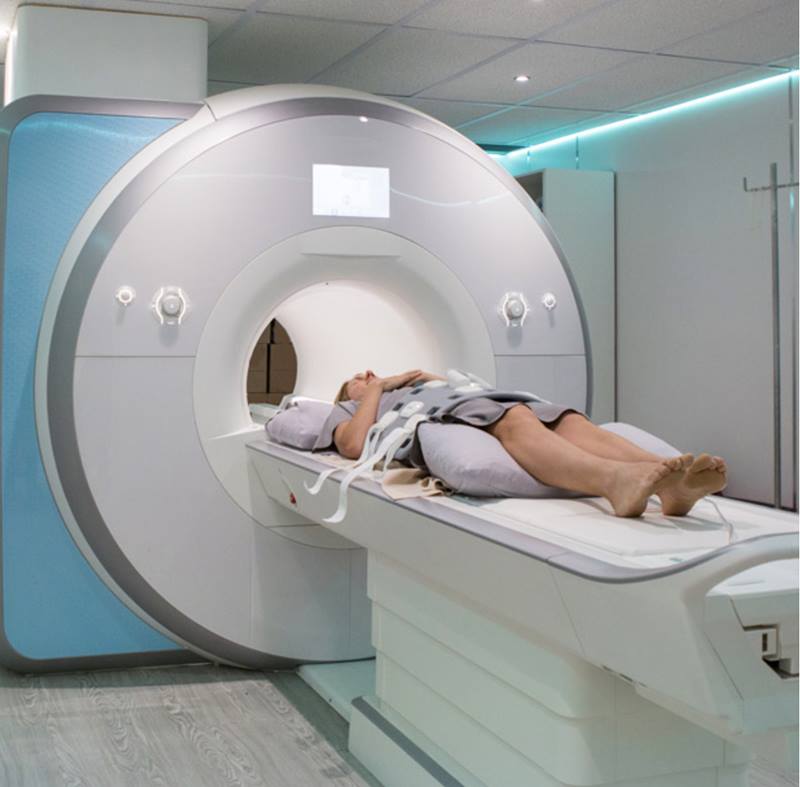Use Intermountain Connect Care®
Learn More.
How can we help?

While high cholesterol, high blood pressure, diabetes and smoking are well known heart disease risks, not everyone who has a heart attack has them. In fact, previous research has shown that 14% to 27% of heart attack patients have none of these risk factors.
Now, a new study from researchers at Intermountain Health in Salt Lake City finds that these patients had one thing in common: they all tended to have high levels of coronary calcium.
Results of the new Intermountain study show that scans that detect this kind of plaque buildup should be considered as part of their standard care, even in the absence of the four standard modifiable risk factors, so that these patients can be diagnosed and treated before their first heart attack event occurs.
“Measuring coronary calcium could have a major impact on how we identify who is at risk for heart disease,” said Jeffrey L. Anderson, lead author of the study and research physician at Intermountain Health. “We need to go beyond just the four major modifiable risk factors because there are risk factors we don’t yet recognize or understand about what’s causing increased risk of heart attack in these patients.”
Findings from the study were presented at the American Heart Association’s Scientific Sessions 2023 in Philadelphia on Nov 11, 2023.
In the study, Intermountain researchers identified 429 heart attack patients who also had coronary artery calcium scans. Of those, 369 had standard modifiable risk factors (SMuRF), like a diagnosis or treatment of hypertension, hyperlipidemia, diabetes, and or smoking; and 60 did not (SMuRF-less).
Researchers examined these patients’ calcium artery scan scores, and then also major adverse cardiovascular events, like another heart attack, stroke, or death, at 60-days and long term.
Researchers found that SMuRF-less patients had high rates of, and higher percentile of, coronary calcium scores. They also found that 77% of these patients met their criteria for preventative therapy, like statins and/or aspirin. Patients with SMuRF, as expected, also had high CAC scores and percentiles. Outcomes were more favorable overall for SMuRF-less patients and for those patients with lower coronary artery calcium scores.
While coronary artery calcium scans are becoming more common and affordable, they’re still not part of guideline-directed standard of care.
“We’re missing about a quarter of people who are at risk for heart attack events because we’re still relying on just the standard risk factors,” said Dr. Anderson. “We haven’t been doing scans in low-risk patients that don’t have these common risk factors, but that may need to change given our findings, so that we can identify these seemingly low-risk patients who care not, and provide preventive therapy.”
###